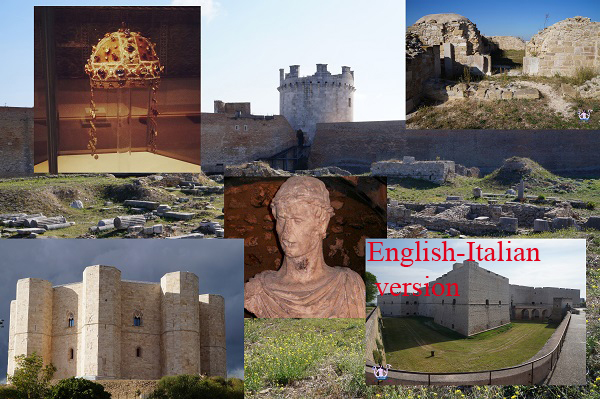
Federico II di Hohenstaufen (Jesi, 1194 – Castel Fiorentino 1250), noto come “stupor mundi” (meraviglia del mondo) o “puer Apuliae” (fanciullo di Puglia), fu uno straordinario personaggio che dominò la scena europea dei suoi anni. Re di Sicilia, duca di Svevia, re dei Romani, Imperatore del Sacro Romano Impero, re di Gerusalemme, la sua personalità fu la somma di tutti gli obiettivi che nella sua vita inseguì e raggiunse.
Discendente per parte di padre dalla nobile famiglia sveva degli Hohenstaufen, e per parte di madre dai normanni di Altavilla era dotato di un’indole poliedrica e affascinante che, fin dalla sua epoca, ha polarizzato l’attenzione degli storici e del popolo, producendo anche una lunga serie di miti e leggende popolari, nel bene e nel male. Tutta l’Italia meridionale è tempestata di castelli che lui ha fatto costruire o ha restaurato. La sua corte era itinerante.
Federico II of Hohenstaufen (Jesi, 1194 – Castel Fiorentino 1250), known as “stupor mundi” (wonder of the world) or “puer Apuliae” (boy of Puglia), was an extraordinary character who dominated the European scene of his years. King of Sicily, Duke of Swabia, King of the Romans, Emperor of the Holy Roman Empire, King of Jerusalem, his personality was the sum of all the objectives that he pursued and achieved in his life. Descendant by father from the noble Swabian family of the Hohenstaufen, and as a mother from the Normans of Altavilla he was endowed with a multifaceted and fascinating nature that, since his time, has polarized the attention of historians and people, also producing a long series of popular myths and legends, in the for better or for worse. All southern Italy is studded with castles that he had built or restored. His court was itinerant.
Il suo regno fu principalmente caratterizzato da una forte attività legislativa, artistica e culturale. Il suo obiettivo era unificare le terre e i popoli, ma fu fortemente contrastato dalla Chiesa, di cui il sovrano mise in discussione il potere temporale. Fu infatti scomunicato dal Papa per due volte. Federico fu un apprezzabile letterato, protettore di artisti e studiosi: la sua corte fu luogo di incontro fra le culture greca, latina, germanica, araba ed ebraica. Uomo straordinariamente colto ed energico, il suo regno aveva una struttura politica molto somigliante ad uno stato odierno, governato centralmente e con un’amministrazione efficiente.
His reign was mainly characterized by a strong legislative, artistic and cultural activity. His goal was to unify the lands and peoples, but he was strongly opposed by the Church, whose temporal power he questioned. He was in fact excommunicated by the Pope twice. Federico was an appreciable scholar, protector of artists and scholars: his court was a meeting place between Greek, Latin, Germanic, Arab and Jewish cultures. An extraordinarily cultured and energetic man, his reign had a political structure very similar to a state today, centrally governed and with an efficient administration.
Il toponimo della città pugliese di Gravina deriva da un motto di Federico II. Sul gonfalone cittadino è infatti scritto “Grana dat et vina” (“offre grano e vino”). Il sovrano amava questa città tanto da definirla “giardino di delizie”. Fece costruire qui un castello, del quale restano delle rovine, che aveva la funzione di ospitare lui ed i suoi uomini, prima e dopo le battute di caccia svolte nel territorio circostante.
The toponym of the Apulian city of Gravina derives from a motto of Federico II. On the city banner is in fact written “Grana dat et vina” (“offers wheat and wine”). The sovereign loved this city so much to call it “garden of delights”. He had a castle built here, of which ruins remain, which had the function of hosting him and his men before and after the hunting trips in the surrounding area.
Federico II parlava sei lingue (latino, siciliano, tedesco, francese, greco e arabo) ed ebbe un ruolo importante nel promuovere le lettere attraverso la poesia della Scuola Siciliana. La sua corte, infatti, vide uno dei primi utilizzi letterari di una lingua romanza (dopo l’esperienza provenzale), il siciliano. La poesia che veniva prodotta da questa scuola ha avuto una notevole influenza sulla letteratura e su quella che sarebbe diventata la moderna lingua italiana. La scuola e la sua poesia furono salutate con entusiasmo da Dante e i poeti contemporanei, e anticiparono di almeno un secolo l’uso della lingua toscana come lingua letteraria d’Italia.
Frederick II spoke six languages (Latin, Sicilian, German, French, Greek and Arabic) and had an important role in promoting letters through the poetry of the Sicilian School. His court, in fact, saw one of the first literary uses of a Romance language (after the Provencal experience), the Sicilian. The poetry that was produced by this school had a significant influence on literature and on what would become the modern Italian language. The school and its poetry were greeted with enthusiasm by Dante and contemporary poets, and anticipated the use of the Tuscan language as the literary language of Italy by at least a century.
Il castello di Barletta ospita una scultura che sarebbe l’unico ritratto esistente di Federico II (foto sopra).
Barletta Castle houses a sculpture that would be the only existing portrait of Federico II.
Qui siamo a Melfi, che Federico II riportò a nuovi splendori. L’imperatore scelse la città come residenza estiva. pare che qui trascorse i suoi momenti di svago, dato che prediligeva le foreste del monte Vulture per praticare la caccia col falcone, il suo hobby preferito. Da questo castello promulgò le Costituzioni melfitane (o Constitutiones Augustales), codice unico di leggi per il Regno di Sicilia, opera fondamentale nella storia del diritto, le cui caratteristiche sono considerate moderne da molti storici contemporanei. In Salento pare esiste ancora una “peschiera”, ossia i maceratoi degli scarti del legno, una delle tante innovazioni presenti in questo codice.
Here we are in Melfi, which Federico II brought to new splendors. The emperor chose the city as his summer residence. it seems that here he spent his leisure time, as he preferred the forests of Mount Vulture to practice falcon hunting, his favorite hobby. From this castle he promulgated the Melfitan Constitutions (or Constitutiones Augustales), the unique code of laws for the Kingdom of Sicily, a fundamental work in the history of law, whose characteristics are considered modern by many contemporary historians. In Salento it seems there is still a “peschiera”, that is the maceraries of wood waste, one of the many innovations present in this code.
A Melfi, nella cripta di Santa Margherita, si trova un affresco emblematico, nel quale molti studiosi riscontrano le effigi di Federico II…
Si tratta di un tema ricorrente nel Medioevo (anche se ne esistono pochi esempi), che presenta spesso numerose varianti locali, e rappresenta tre giovani cavalieri in abiti signorili che, nel corso di una cavalcata per la caccia, incontrano tre scheletri, che li ammoniscono dicendo: «Ciò che sarete voi, noi siamo adesso, ciò che siamo noi sarete voi. Chi si scorda di noi, scorda se stesso». Il cavaliere melfitano, con in braccio un falco, è accompagnato dalla moglie e dal figlio: quest’ultimo, sulla sua borsa da caccia, reca il simbolo del fiore a otto petali che richiama Castel del Monte. Inoltre, la donna è bionda e con gli occhi azzurri, corrisponderebbe al ritratto di Isabella d’Inghilterra, e l’uomo che la accompagna ha la barba rossiccia che ricorda quella del Barbarossa. Tutto sembrerebbe riconoscere in lui proprio Federico II.
In Melfi, in the crypt of Santa Margherita, there is an emblematic fresco, in which many scholars find the effigies of Frederick II. It is a recurring theme in the Middle Ages (although there are few examples) and it represents three young knights in noble clothes who, during a ride for the hunt, meet three skeletons, who admonish them saying: “What you will be, we are now, what we are will be you. Whoever forgets about us forgets himself ». The knight, holding a hawk in his arms, is accompanied by his wife and son: the son bears the symbol of the eight-petaled flower, reminiscent of Castel del Monte. Furthermore, the woman is blonde and with blue eyes, it would correspond to the portrait of Isabella of England, and the man who accompanies her has a reddish beard that resembles that of Barbarossa. Everything would seem to recognize Frederick II in him.
A proposito della falconeria: qui siamo nel castello di Taranto, dove esiste ancora un bassorilievo che raffigura un sovrano che partecipa ad una battuta di caccia con il falcone. Una scena in cui certamente possiamo rivedere il grande sovrano.
Speaking of falconry: here we are in the castle of Taranto, where there is still a bas-relief depicting a sovereign who participates in a hunting trip with a falcon. A scene in which we can certainly see the great sovereign again.
Qui siamo a Castel del Monte, uno dei luoghi più emblematici legati a Federico II. Sorge sulla sommità di una collina, a 540 metri sul livello del mare. Oggi è riconosciuto come Patrimonio dell’Umanità dell’Unesco.
Here we are in Castel del Monte, one of the most emblematic places linked to Federico II. It rises on the top of a hill, at 540 meters above sea level. Today it is recognized as a UNESCO World Heritage Site.
Su questo straordinario edificio si sono susseguite nel tempo diverse ipotesi circa il suo utilizzo. A causa dei forti simbolismi di cui è intrisa tutta la costruzione, è stato ipotizzato che essa potesse essere una sorta di tempio, o un luogo del sapere. Alcune lievi asimmetrie nella disposizione delle decorazioni e delle porte, quando non dovute ad alterazioni successive, hanno suggerito ad alcuni studiosi l’idea che il castello fosse stato progettato per essere attraversato come una sorta di percorso obbligato, probabilmente legato a criteri astronomici. Per spiegare la totale mancanza di corridoi si è inoltre ipotizzato che al livello del primo piano vi fosse un tempo un ballatoio in legno, oggi scomparso, dal lato prospiciente il cortile interno, che avrebbe consentito l’accesso indipendente alle singole sale. Una recente ipotesi di Fallacara e Occhinegro assegnerebbe alla costruzione la funzione di centro benessere, atto alla rigenerazione e alla cura del corpo, su modello delle terme arabe. A causa della sua forma ottagonale è possibile supporre che l’edificio fosse costruito per richiamare la forma di una corona. La costruzione è stata spesso oggetto di interpretazioni esoteriche. Il prof Raffaele Licinio e molti altri storici accademici, come il professor Franco Cardini, hanno in più occasioni ribadito l’inesattezza di tali interpretazioni. Secondo Licinio, l’edificio era parte integrante del sistema di fortificazioni del regno, mentre non è, come alcuni studiosi dilettanti sostengono, una misteriosa costruzione costruita dai templari ) o frutto di altre leggende esoteriche più o meno antiche.
Over the course of time, various hypotheses have followed on its extraordinary use. Due to the strong symbolisms with which the whole construction is imbued, it has been hypothesized that it could be a sort of temple, or a place of knowledge. Some slight asymmetries in the arrangement of the decorations and doors, when not due to subsequent alterations, have suggested to some scholars the idea that the castle was designed to be crossed as a sort of obligatory path, probably linked to astronomical criteria. To explain the total lack of corridors, it was also assumed that on the first floor level there was once a wooden balcony, now disappeared, from the side facing the internal courtyard, which would have allowed independent access to the individual rooms. A recent hypothesis by Fallacara and Occhinegro would assign the construction the function of a wellness center, suitable for regeneration and body care, following the model of the Arab baths. Due to its octagonal shape it is possible to assume that the building was built to recall the shape of a crown. The construction has often been the subject of esoteric interpretations. Prof. Raffaele Licinio and many other academic historians, such as Professor Franco Cardini, have repeatedly confirmed the inaccuracy of these interpretations. According to Licinius, the building was an integral part of the kingdom’s fortification system, while it is not, as some amateur scholars claim, a mysterious construction built by the Templars) or the result of other more or less ancient esoteric legends.
Un tempo il castello era rivestito in marmo ed era decorato con una quantità di beni artistici che non è possibile stimare. Una visita in questo luogo, però, lascia ugualmente incantato qualunque visitatore! Di seguito, alcune fra le sue immagini più rappresentative.
At one time the castle was covered in marble and was decorated with a quantity of artistic goods that cannot be estimated. A visit to this place, however, leaves any visitor equally enchanted! Here are some of his most representative images.
Qui siamo nella fortezza di Lucera, sito abitato già dal Neolitico, poi fortificato prima dai Dauni e poi dai Romani. Dal 1223 in poi, Federico II fa deportare qui i Saraceni di Sicilia.
Here we are in the fortress of Lucera, a site already inhabited since the Neolithic Age, then fortified first by the Dauni and then by the Romans. From 1223 onwards, Federico II had the Saracens of Sicily deported here.
All’interno della fortezza c’è un interessante acquedotto per il trasporto dell’acqua.
Inside the fortress there is an interesting aqueduct for the transport of water.
Sull’acropoli di Oria sorge un altro splendido castello, che in occasione del matrimonio di Federico II con Iolanda di Brienne, accolse numerosi ospiti d’onore. In quell’occasione, l’Imperatore indisse il famoso “Palio”, che ancora oggi si rievoca in costume ogni agosto in città.
On the acropolis of Oria there is another splendid castle, which on the occasion of Federico II’s wedding with Iolanda di Brienne, welcomed many guests of honor. On that occasion, the Emperor called the famous “Palio”, which is still commemorated in costume every august in the city.
Qui siamo a Roseto Capo Spulico (Calabria), luogo pare già molto caro a Federico il Barbarossa (il nonno dello Stupor Mundi), che qui soggiornava durante le sue battute di caccia.
Here we are in Roseto Capo Spulico (Calabria), a place that seems already very dear to Federico il Barbarossa (the uncle of Stupor Mundi), who stayed here during his hunting trips.
La tradizione vuole che, tra il 1204 e il 1253, durante il regno di Federico II, il castello custodì la Sacra Sindone.
Tradition has it that, between 1204 and 1253, during the reign of Frederick II, the castle housed the Holy Shroud.
Il 13 dicembre del 1250, oggi come allora, giorno della festività di Lucia, santa cristiana cui si intesta la sacralità della luce: Federico II muore proprio in questo giorno, sulla collina solitaria di Castel Fiorentino. Federico era a conoscenza di un vaticinio (che il suo amico, Michele Scoto, intellettuale di corte e sapiente studioso di filosofia, sacra scrittura, alchimia ed esoterismo, gli aveva anticipato) e cioè che la morte lo avrebbe colto presso una porta di ferro ed in un luogo posto sotto un fiore, o comunque, legato al termine “fiore”. Federico per anni evitò deliberatamente di recarsi a Firenze (Florentia), proprio a causa di questa profezia. Ironia della sorte, Federico è in Puglia tra la fine di novembre ed i primi di dicembre del 1250 per una serie di battute di caccia tra Torremaggiore e Lucera. Viene colpito da una grave forma di dissenteria e si ritira a Castel Fiorentino per curarsi.
December 13, 1250, today as then, the day of the feast of Lucia, a Christian saint to whom the sacredness of light is addressed: Federico II died on this day, on the lonely hill of Castel Fiorentino. Federico was aware of a prophecy (which his friend, Michele Scoto, court intellectual and expert scholar of philosophy, sacred writing, alchemy and esotericism, had anticipated) and that is that death would have caught him at an iron door and in a place under a flower, or in any case linked to the term “flower”. Federico for years deliberately avoided going to Florence (Florentia), precisely because of this prophecy. Ironically, Federico is in Puglia between the end of November and the beginning of December 1250 for a series of hunting trips between Torremaggiore and Lucera. He was struck by a severe form of dysentery and retired to Castel Fiorentino for treatment.
Tutta questa collina era allora un borgo fortificato, oggi sito archeologico. Qui possiamo vedere i resti della chiesa…
All this hill was then a fortified village, today an archaeological site. Here we can see the remains of the church …
Sotto vediamo invece la cattedrale.
Above we see the cathedral instead…
Tutto intorno il paesaggio dolce e infinito del “Tavoliere” di Puglia.
All around the sweet and infinite landscape of the “Tavoliere” of Puglia.
E qui entriamo nella dimora reale di Federico II.
And here we enter the royal home of Frederick II.
Sulla collina gli archeologi hanno trovato diverse fosse granarie e cisterne.
On the hill, archaeologists found several grain pits and tanks. The charisma of Frederick II was such that in the aftermath of his death, his son Manfredi, future king of Sicily, in a letter addressed to his brother Corrado IV quoted these words: “Cecidit sol mundi qui lucebat in gentibus”, that is “the sun of the world has fallen asleep, he who shone on the peoples, the sun of the just, the asylum of peace “. This stone reminds him, from the top of the hill.
Il carisma di Federico II è stato tale che all’indomani della sua morte, suo figlio Manfredi, futuro re di Sicilia, in una lettera indirizzata al fratello Corrado IV citava tali parole: “Cecidit sol mundi qui lucebat in gentibus”, ossia “il sole del mondo si è addormentato, lui che brillava sui popoli, il sole dei giusti, l’asilo della pace”. Questa pietra lo ricorda, dall’alto della collina.
La salma di Federico fu sommariamente imbalsamata, i funerali si svolsero nella sede imperiale di Foggia, per sua espressa volontà il cuore venne deposto in un’urna collocata nel Duomo, la sua salma omaggiata dalla presenza di moltitudini di sudditi venne esposta per qualche giorno. Fu poi trasportato a Palermo, per essere tumulato in cattedrale, entro il sepolcro di porfido rosso antico, come voleva la tradizione normanno-sveva, accanto alla madre Costanza, al padre Enrico VI e al nonno Ruggero II.
Federico’s body was summarily embalmed, the funeral took place in the imperial seat of Foggia, by his express will the heart was placed in an urn placed in the Cathedral, his body honored by the presence of multitudes of subjects was exposed for a few days. He was then transported to Palermo, to be buried in the cathedral, within the ancient red porphyry tomb, as the Norman-Swabian tradition wanted, alongside his mother Costanza, his father Henry VI and his grandfather Roger II.
La tomba imperiale custodita nella Cattedrale era destinata in origine al nonno, che l’aveva voluta come suo sarcofago per il Duomo di Cefalù. Il sepolcro inoltre reca i simboli dei quattro evangelisti e la corona regia.
The imperial tomb kept in the Cathedral was originally intended for the grandfather, who had wanted it as his sarcophagus for the Cathedral of Cefalù. The tomb also bears the symbols of the four evangelists and the royal crown.
Fra i tesori della Cattedrale si conserva anche la corona di Costanza d’Aragona, la sfortunata moglie di Federico II che morì di malaria.
Among the treasures of the Cathedral there is also the crown of Constance of Aragon, the unfortunate wife of Frederick II who died of malaria.
Palermo. Davanti a questo mare illuminato da millenni di storia si conclude questo piccolo foto racconto. Ringrazio anche l’amica Lory Larva, per avermi aiutato con le sue foto palermitane a raccontare questa figura fondamentale dell’umanità. Le notizie sono tratte dai pannelli informativi delle varie città e da wikipedia. Di seguito, il film di questo breve racconto.
© Questo sito web non ha scopo di lucro, non userà mai banner pubblicitari, si basa solo sul mio impegno personale e su alcuni reportage che mi donano gli amici, tutti i costi vivi sono a mio carico (spostamenti fra le città del territorio salentino e italiano, spese di gestione del sito e del dominio). Se lo avete apprezzato e ritenete di potermi dare una mano a produrre sempre nuovi reportage, mi farà piacere se acquisterete i miei romanzi (trovate i titoli a questa pagina). Tutto ciò che compare sul sito, soprattutto le immagini, non può essere usato in altri contesti che non abbiano altro scopo se non quello gratuito di diffusione di storia, arte e cultura. Come dice la Legge Franceschini, le immagini dei Beni Culturali possono essere divulgate, purché il contenitore non abbia fini commerciali. I diritti dei beni ecclesiastici sono delle varie parrocchie, e le foto presenti in questo sito sono sempre state scattate dopo permesso verbale, e in generale sono tutte marchiate col logo di questo sito unicamente per impedire che esse finiscano scaricate (come da me spesso scoperto) e utilizzate su altri siti o riviste a carattere commerciale. Per quanto riguarda le foto scattate in campagne e masserie abbandonate, se qualche proprietario ne riscontra qualcuna che ritiene di voler cancellare da questo blog (laddove non c’erano cartelli o muri che distinguessero terreno pubblico da quello privato, non ce ne siamo accorti) è pregato (come chiunque altro voglia segnalare rettifiche) di contattarci alla mail info@salentoacolory.it

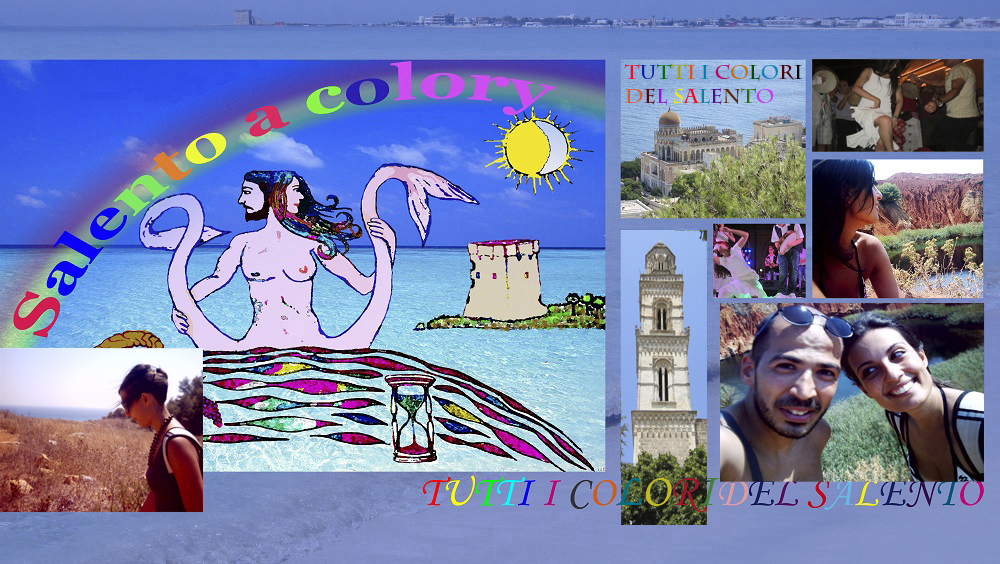
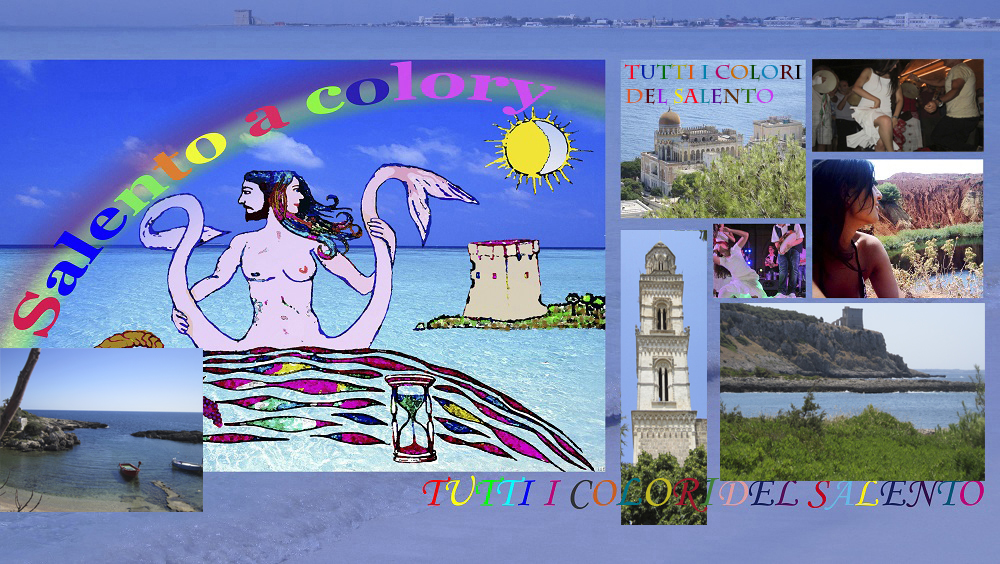
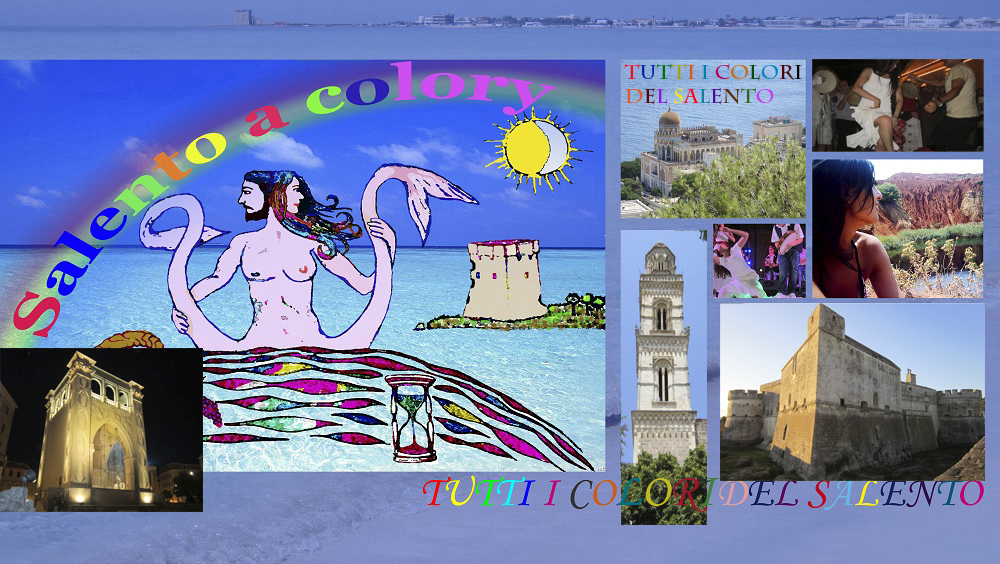
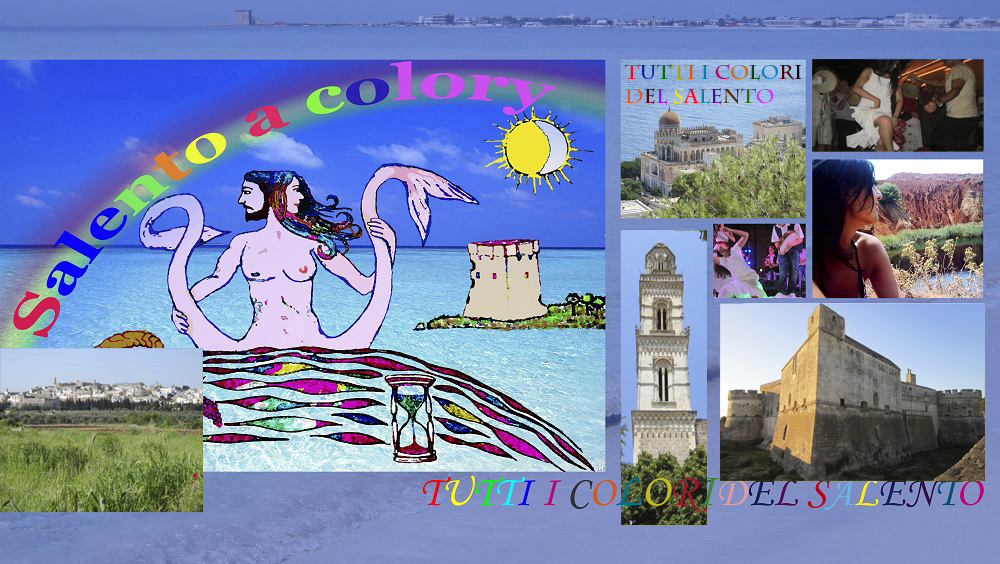
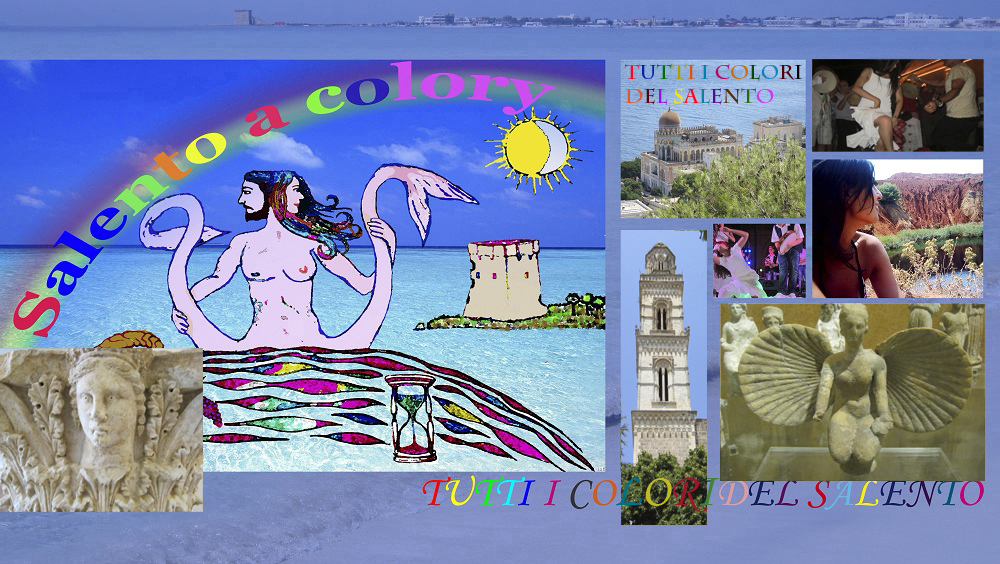
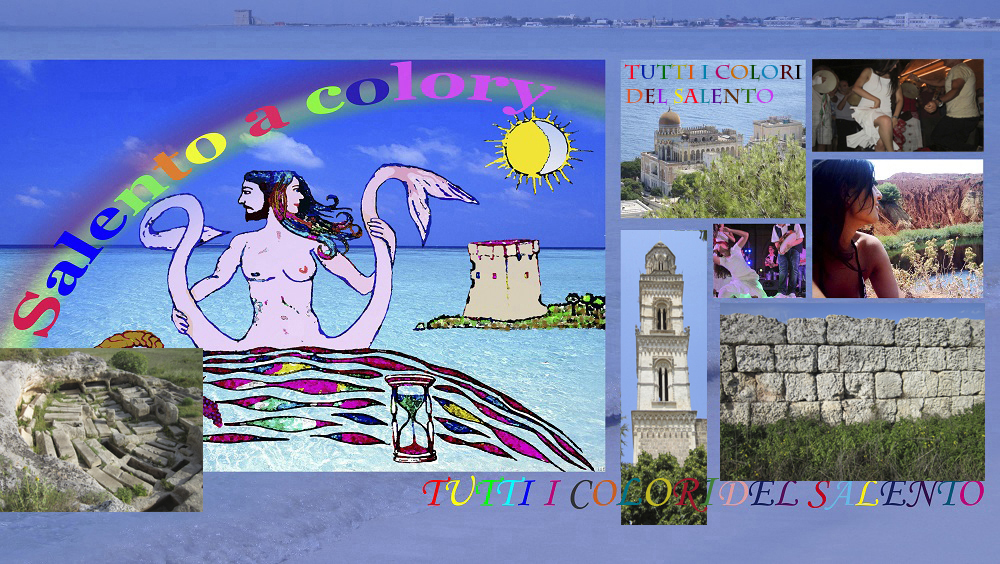
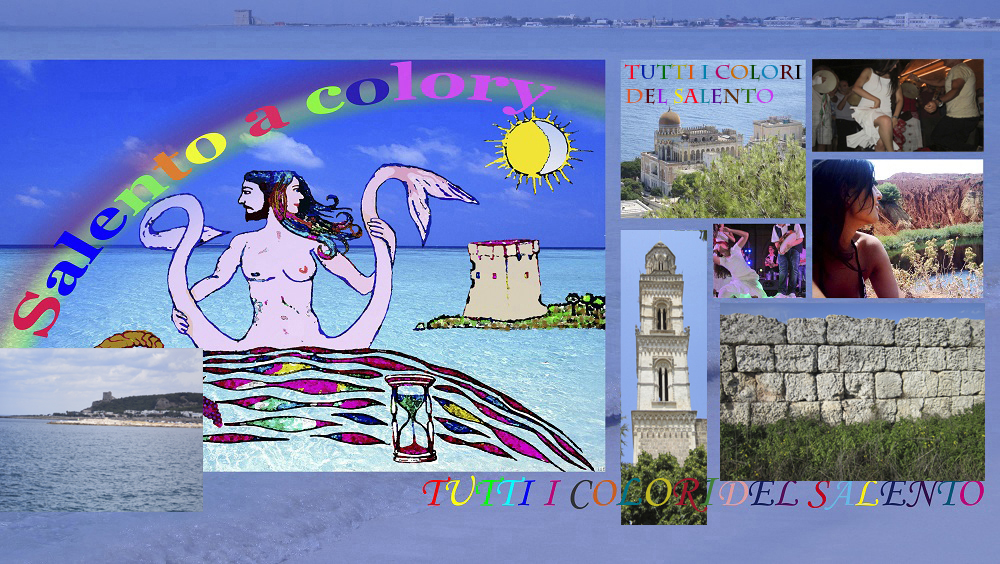
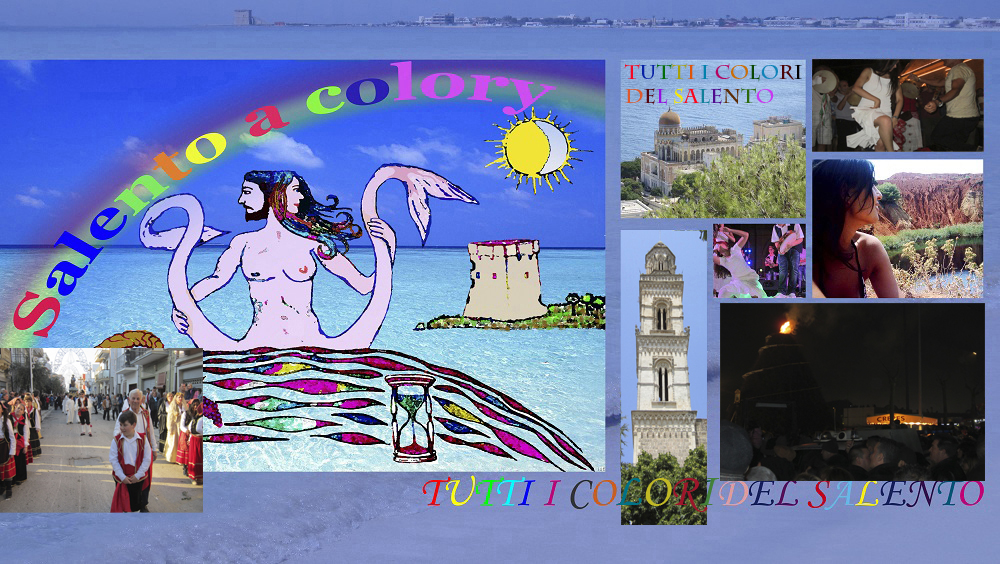
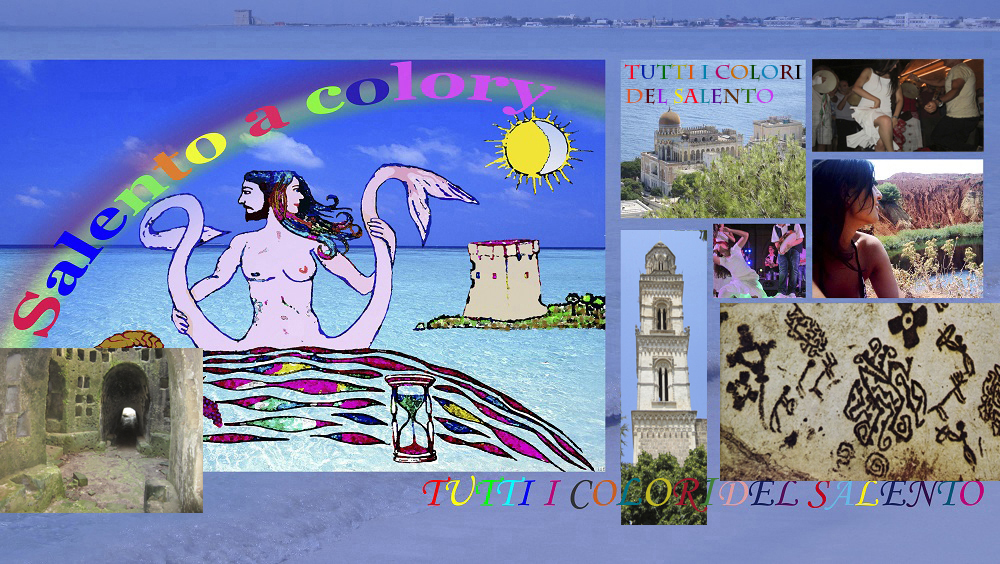
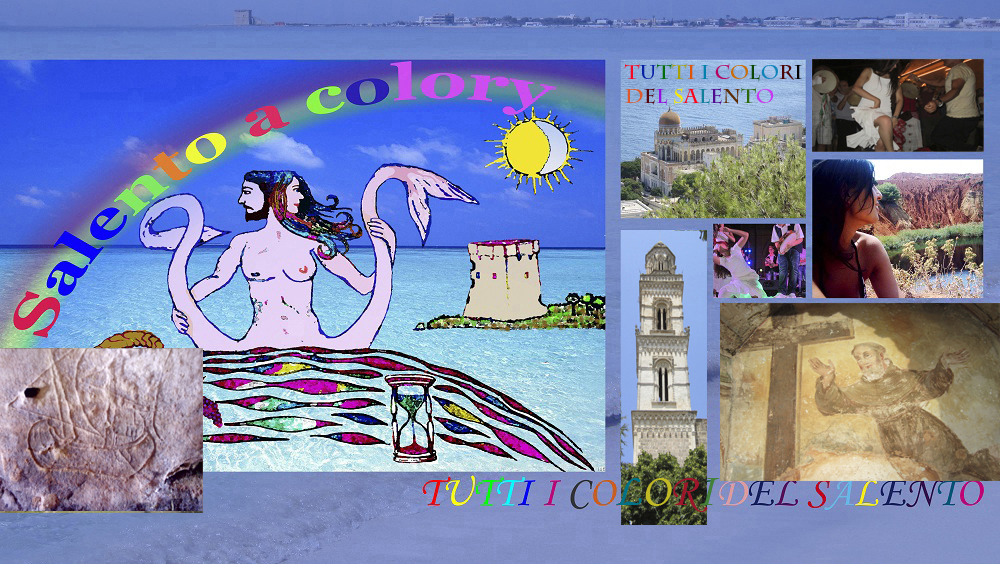
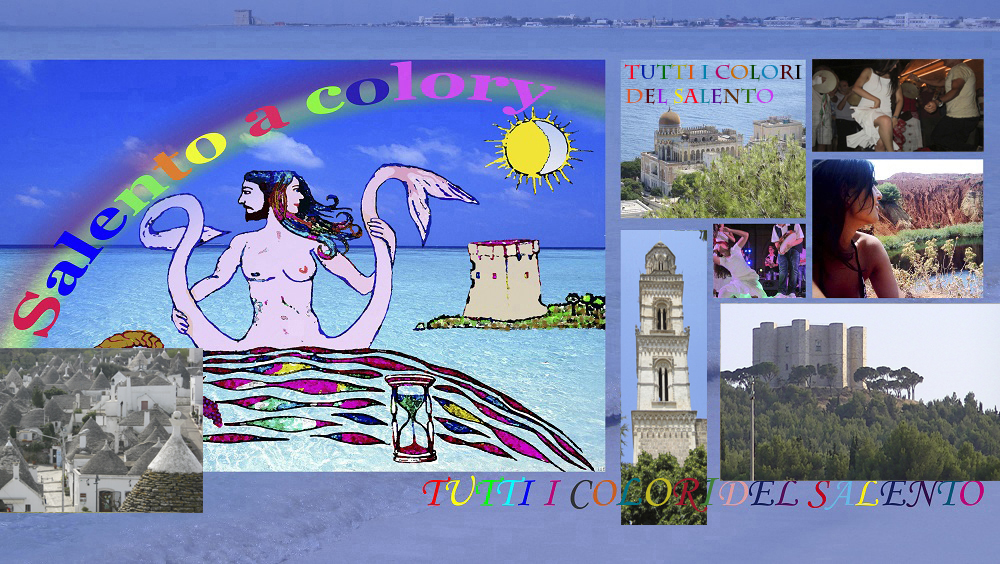

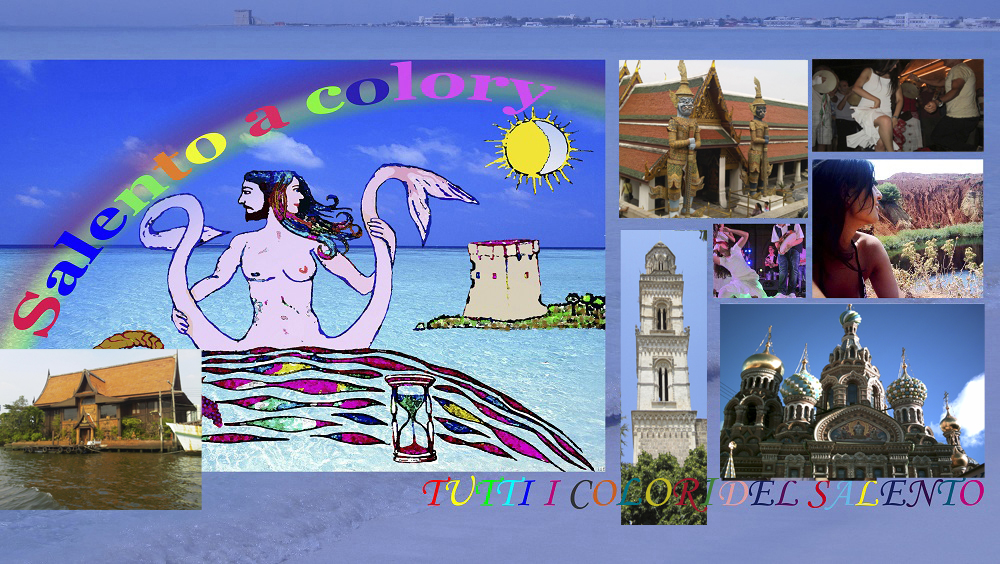
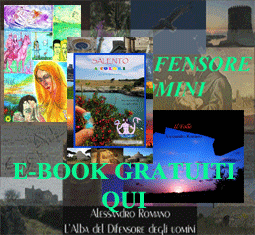
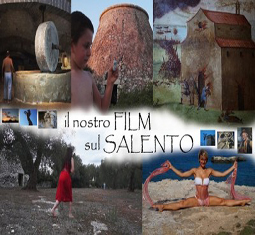
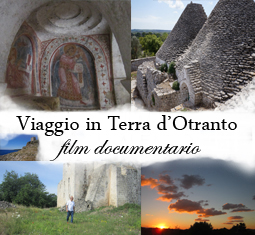


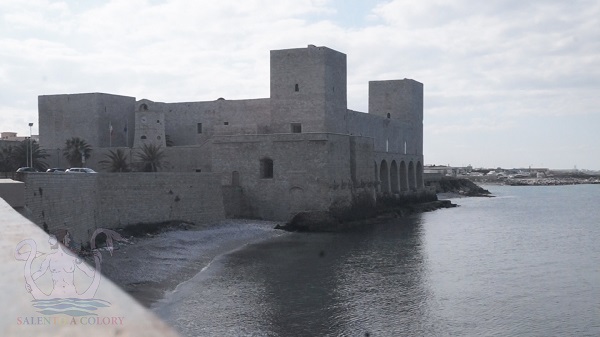
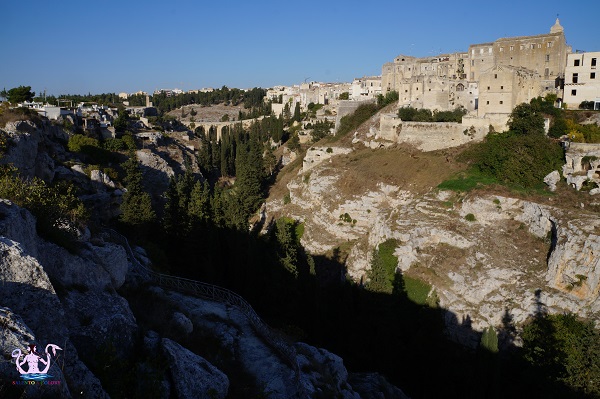


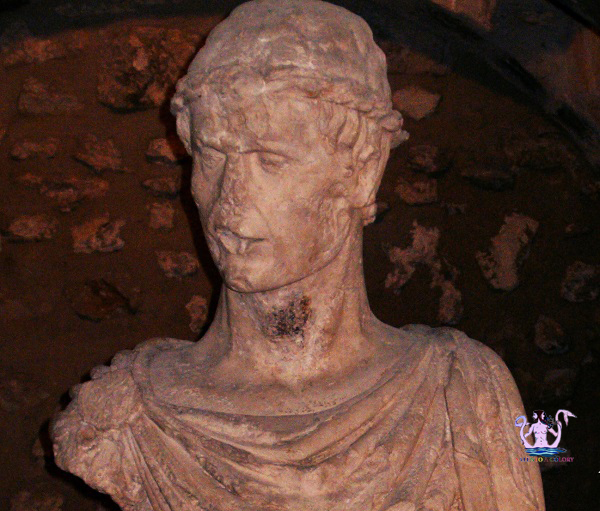
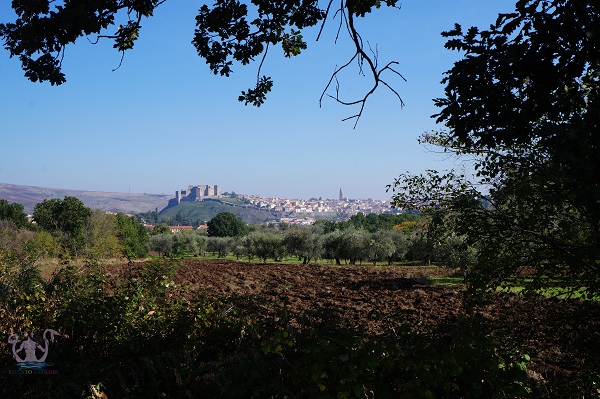


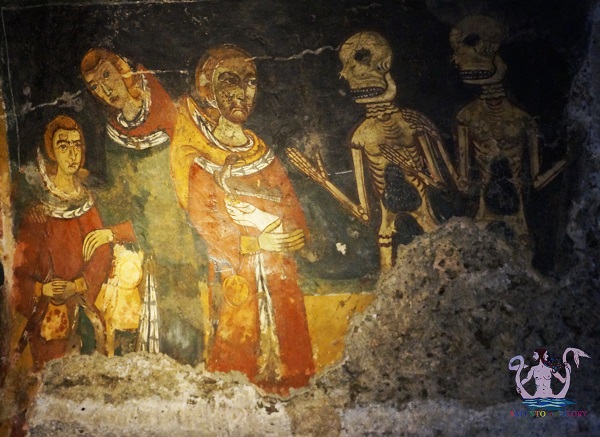
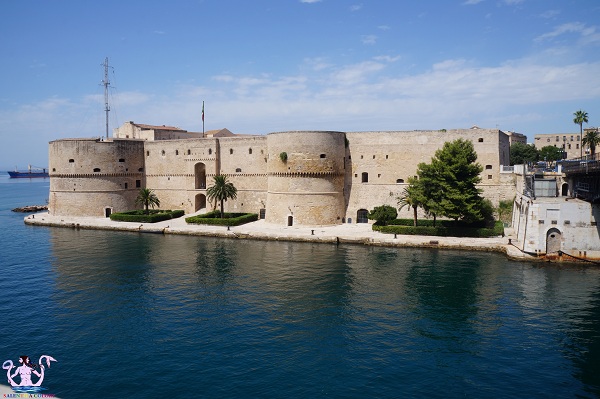
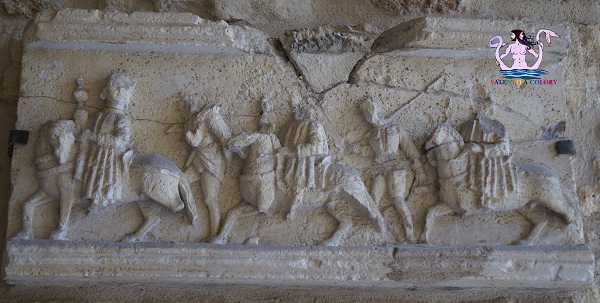




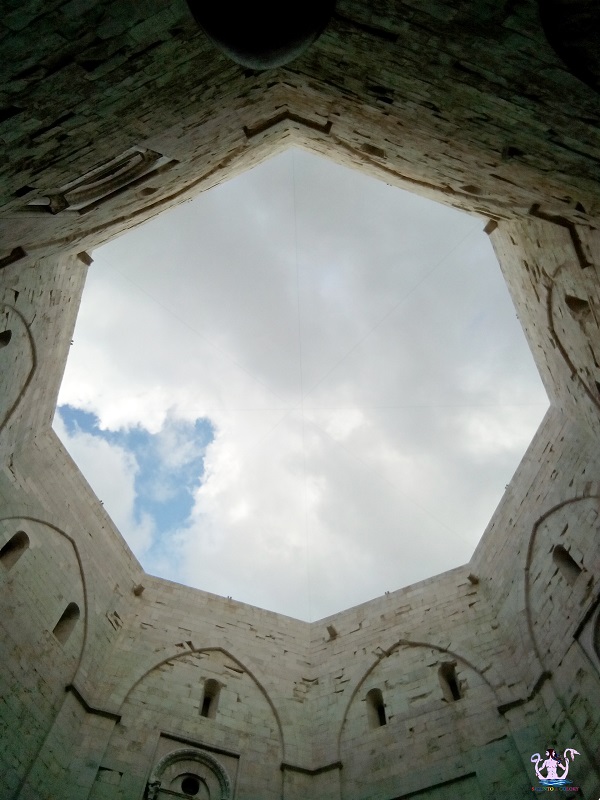



















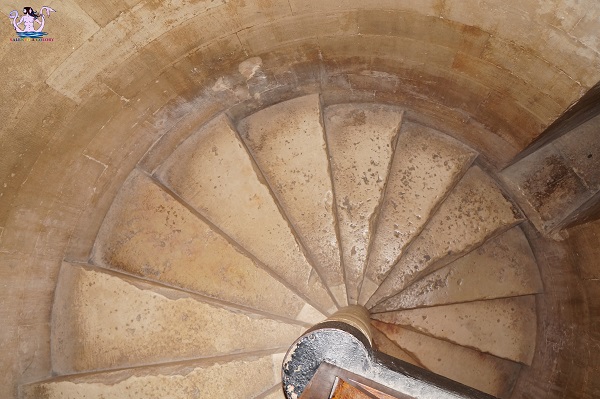
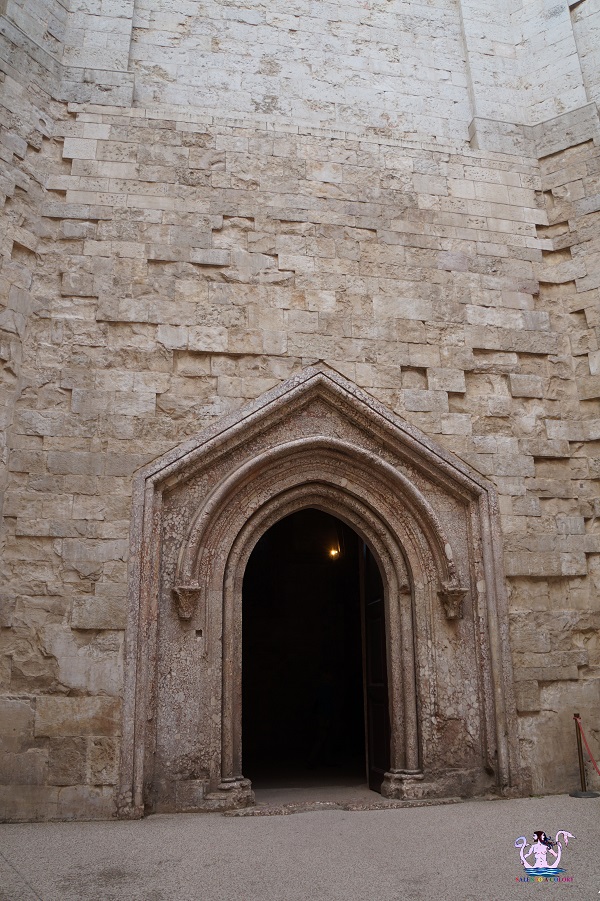
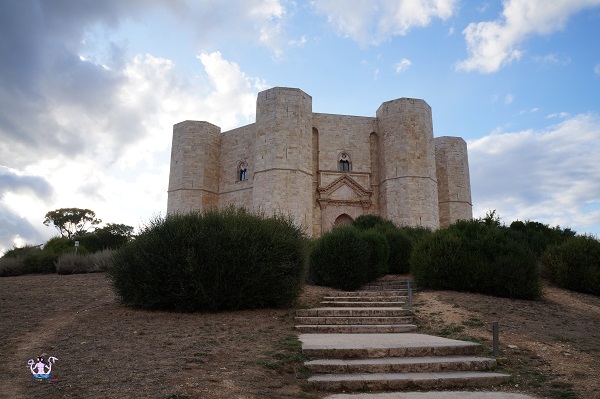
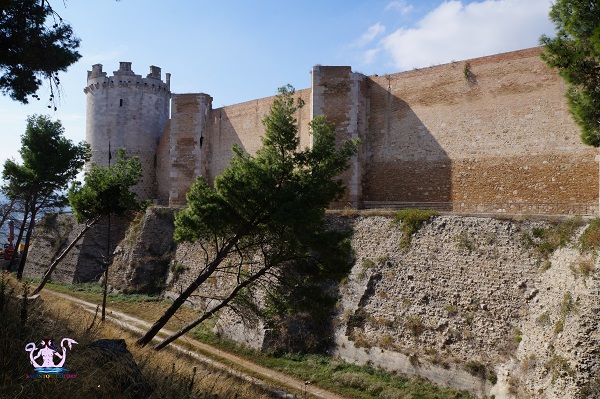
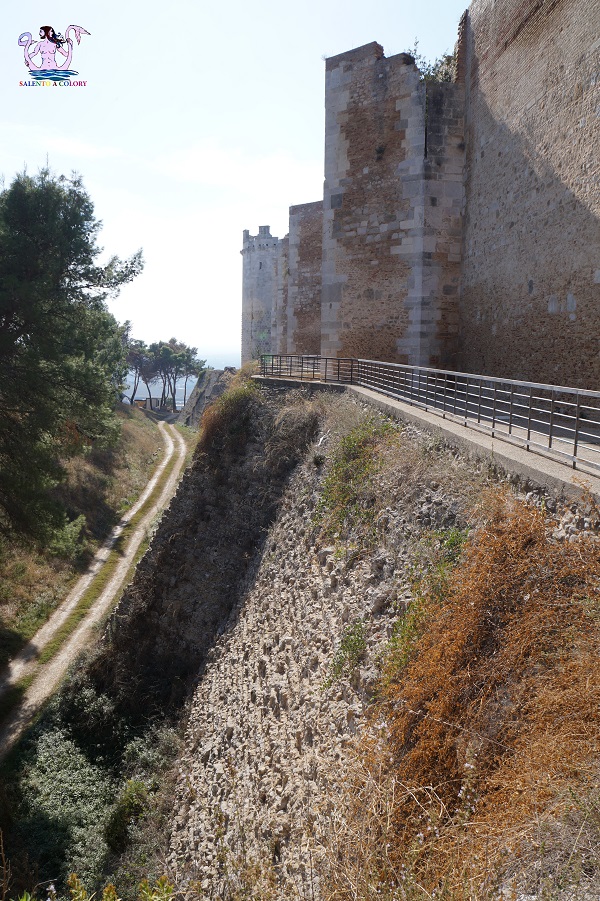

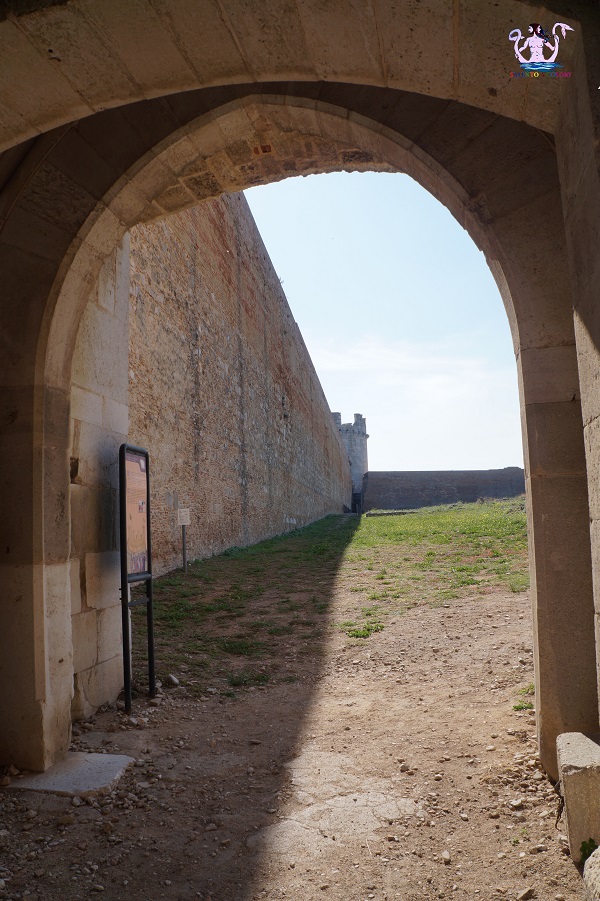

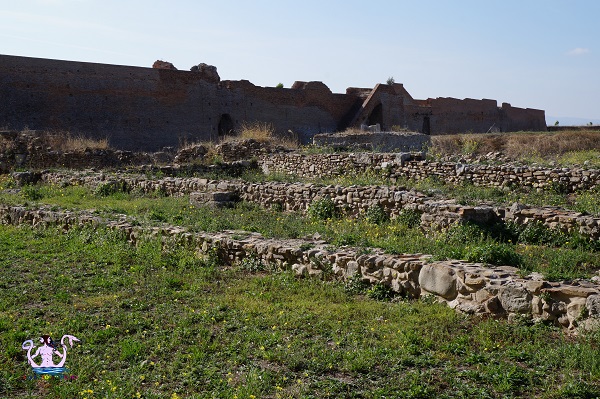
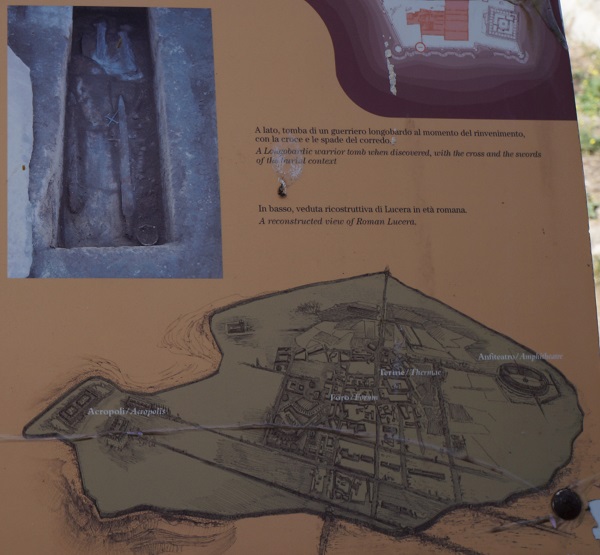

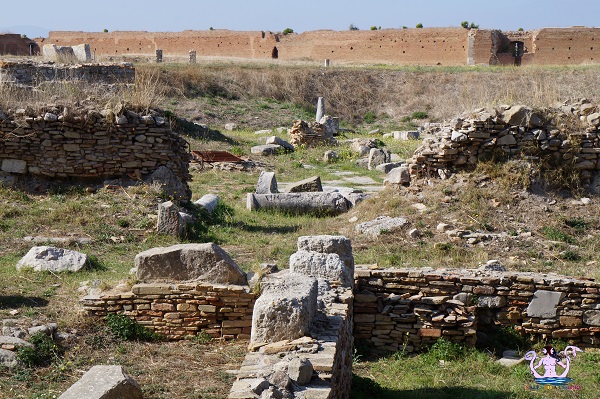
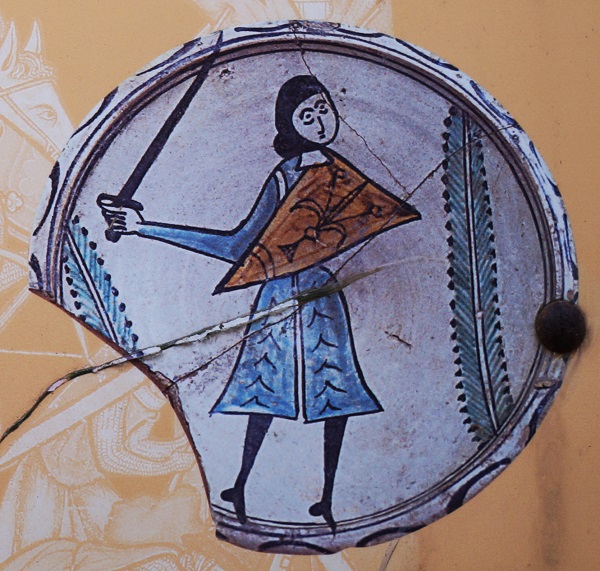
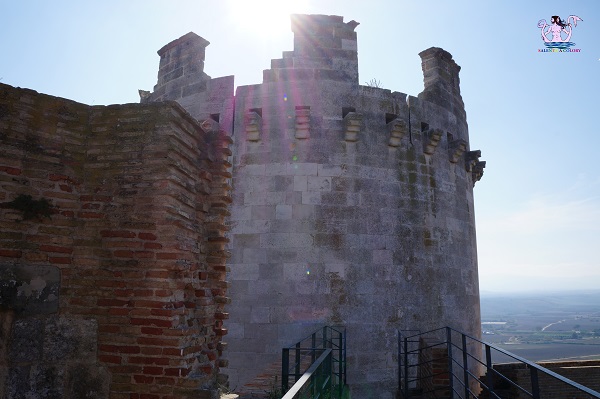

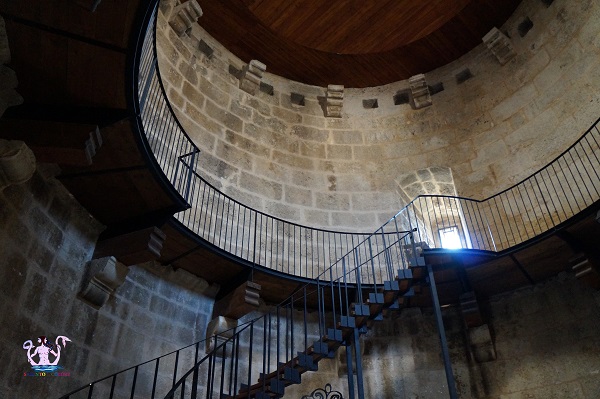

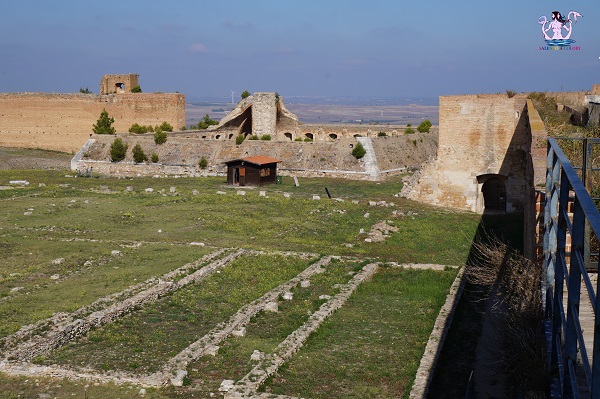
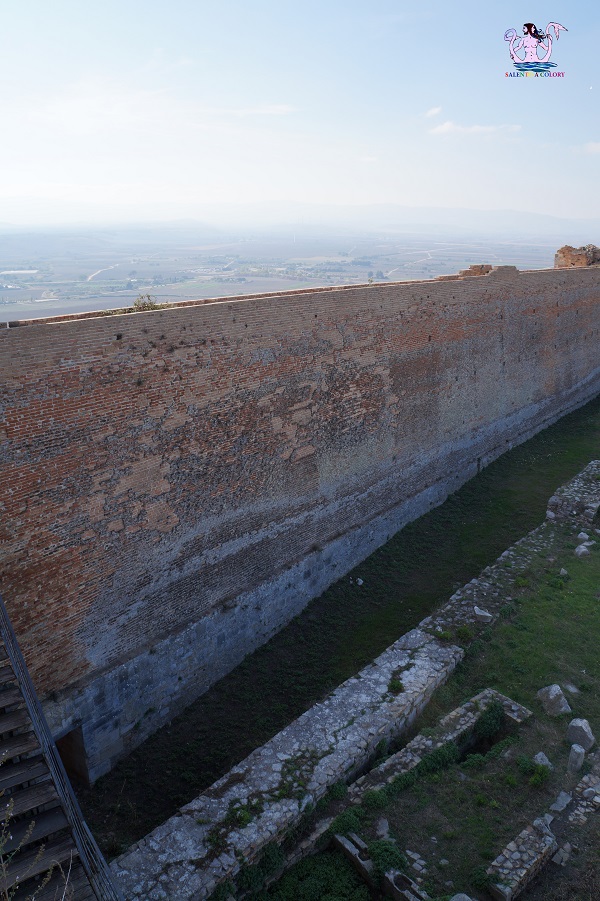


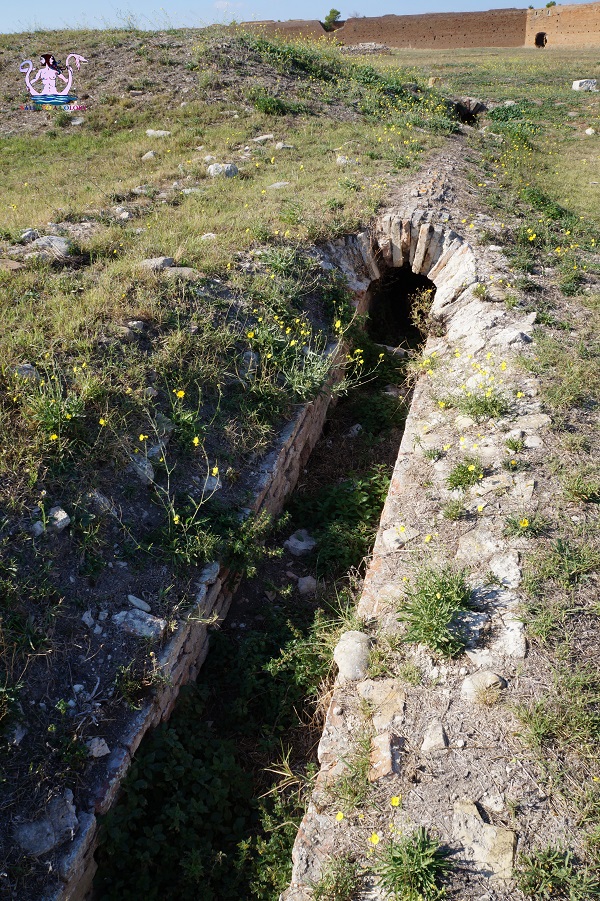
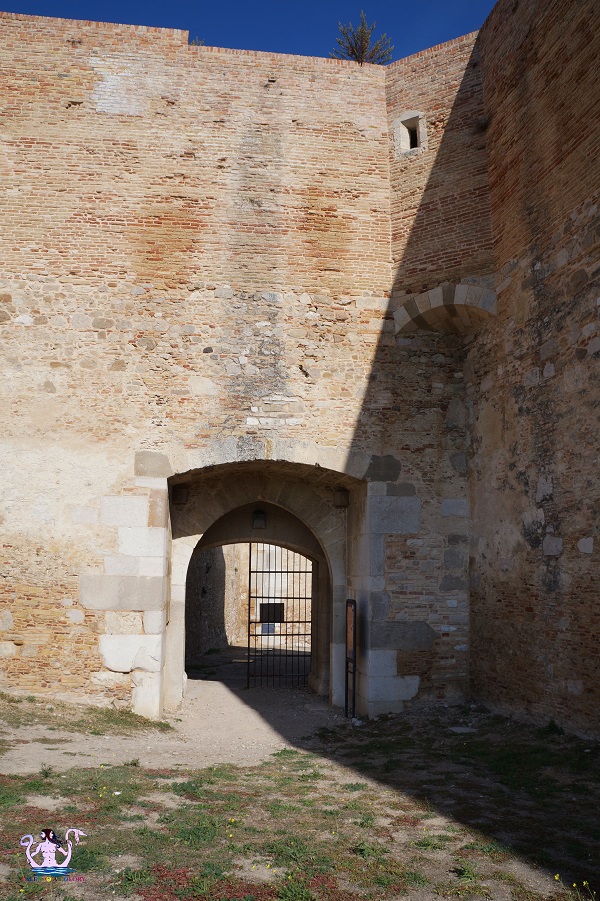
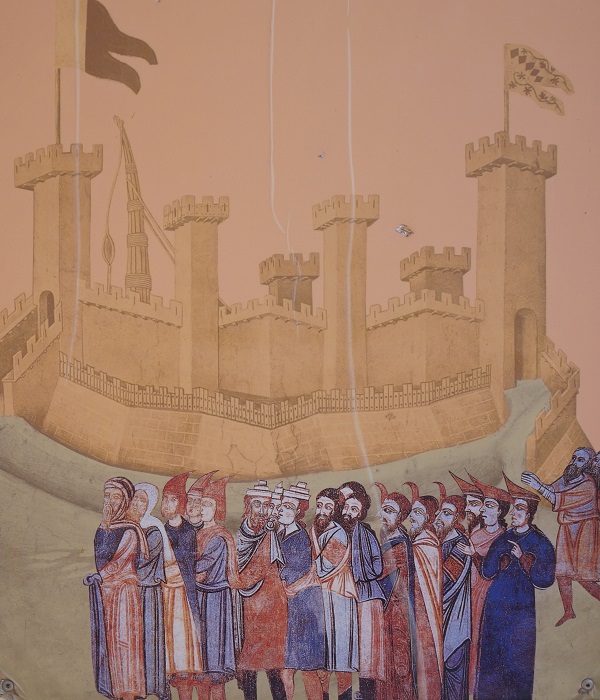

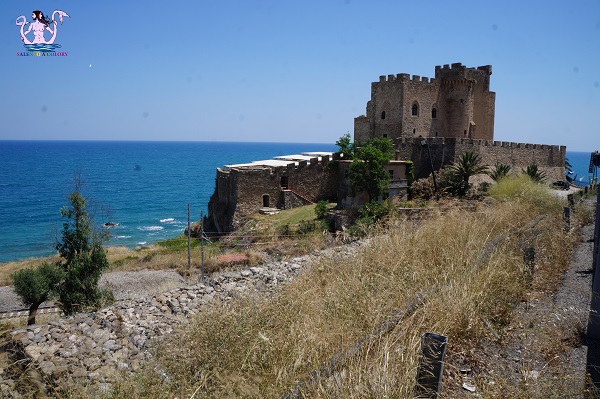
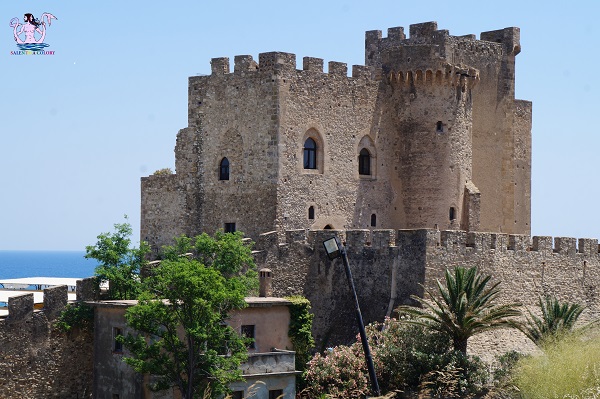
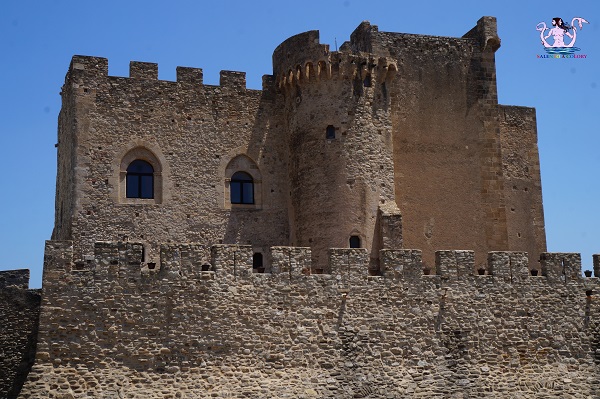
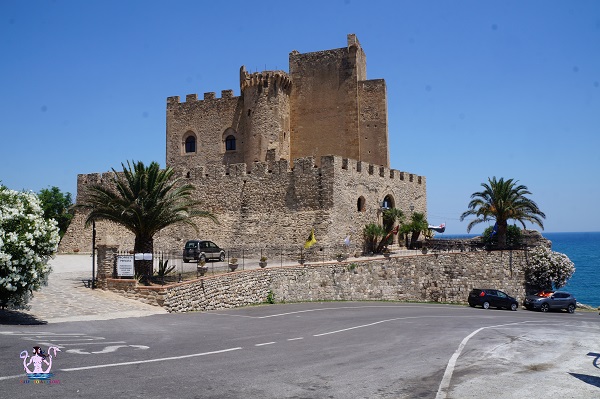
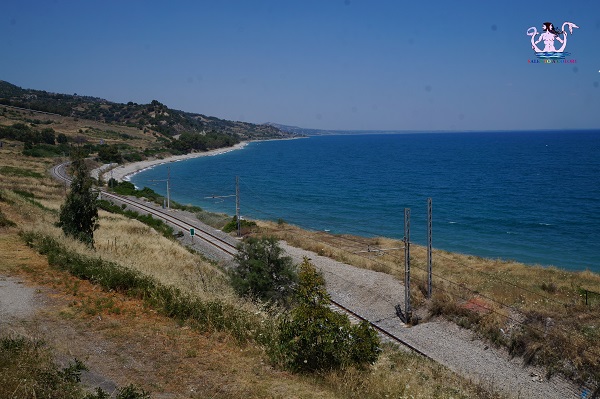
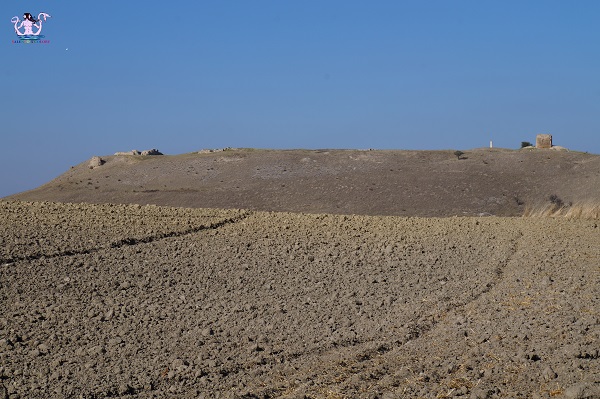
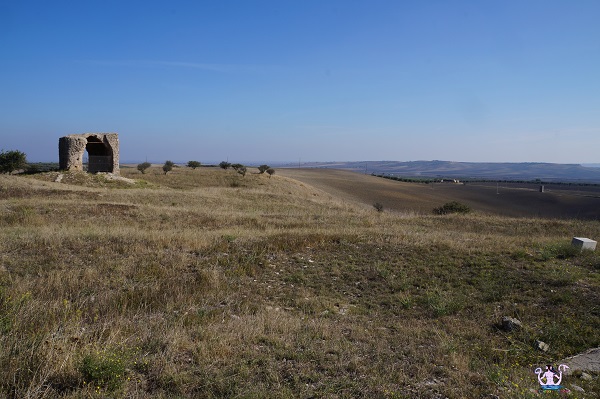
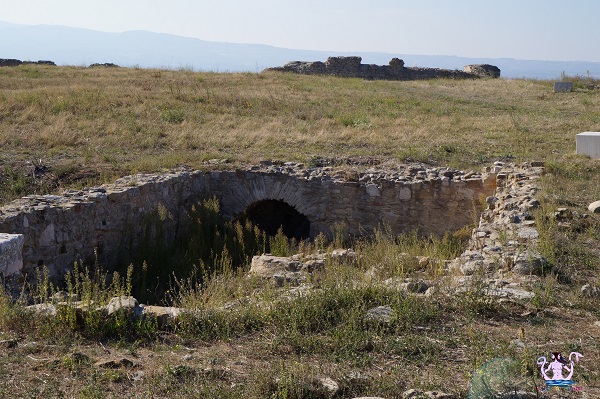
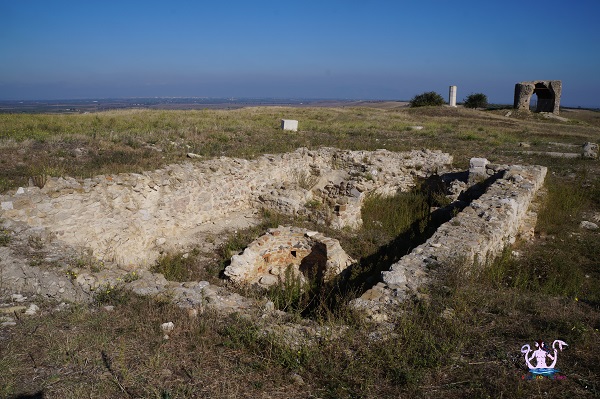
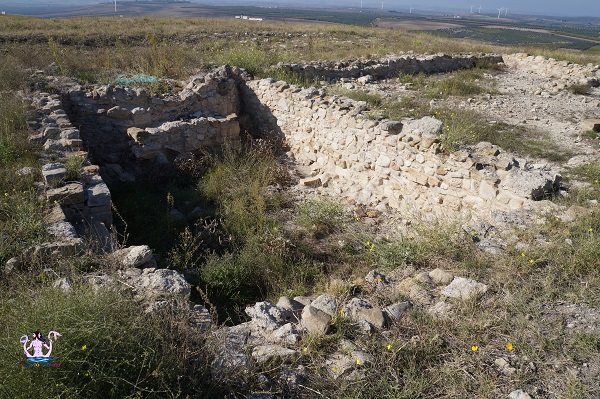
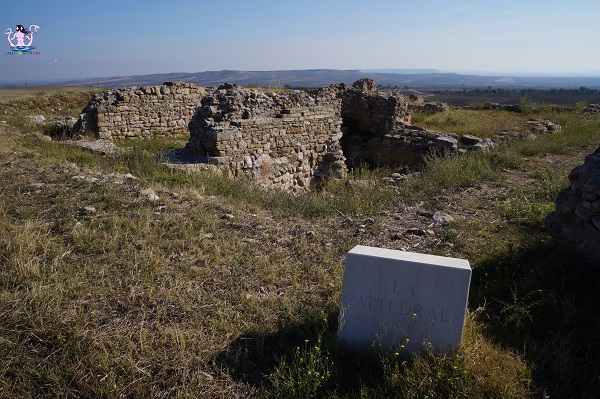
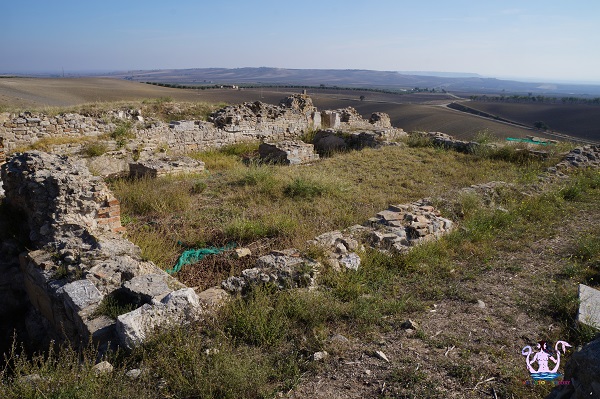
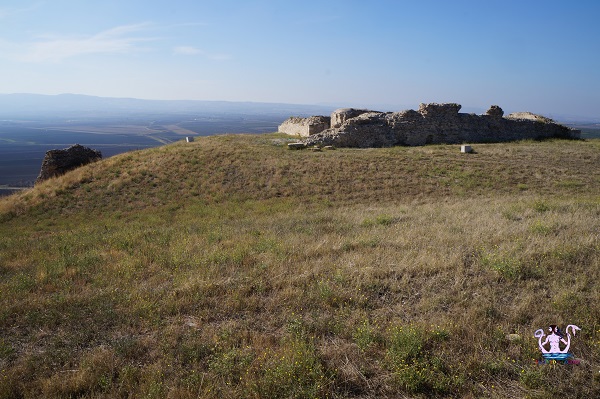
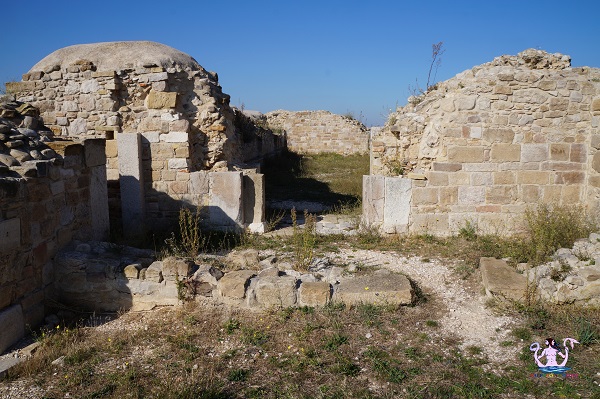


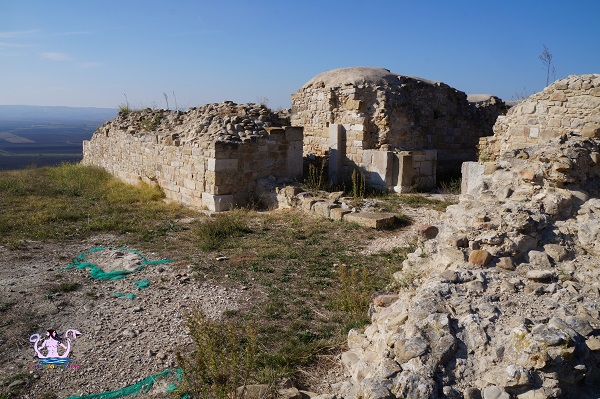




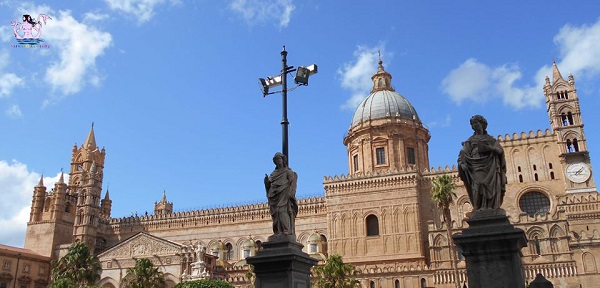
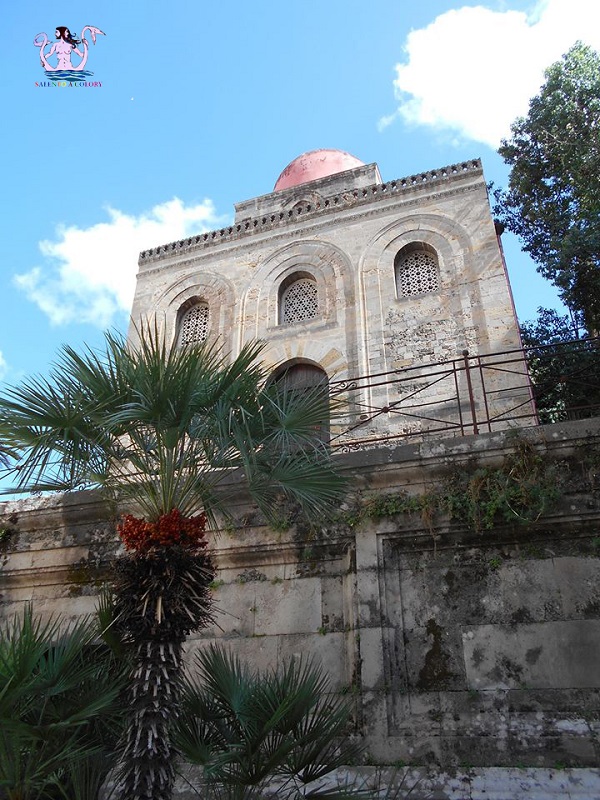

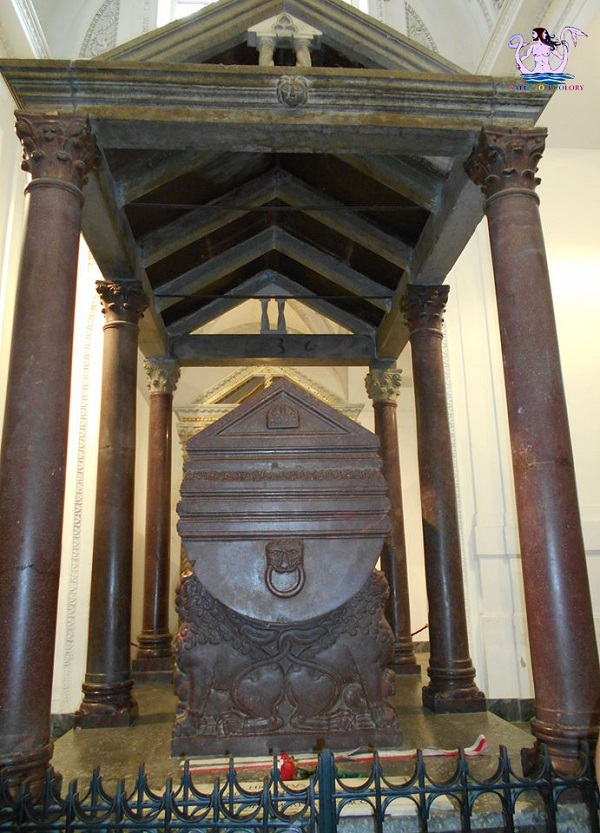
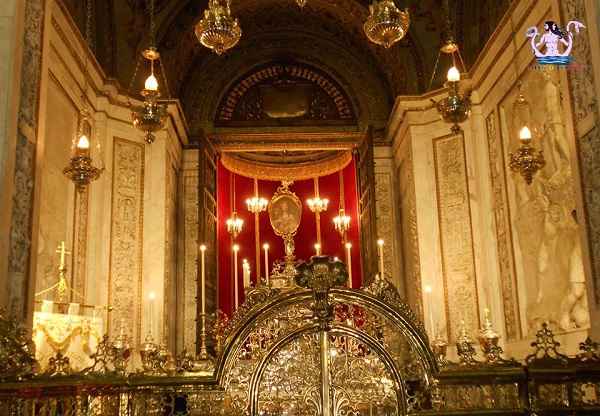
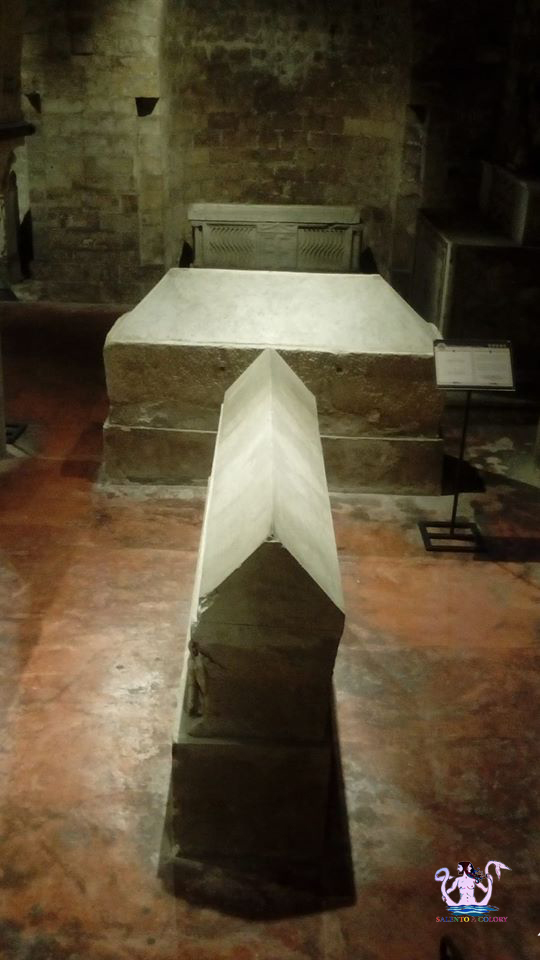
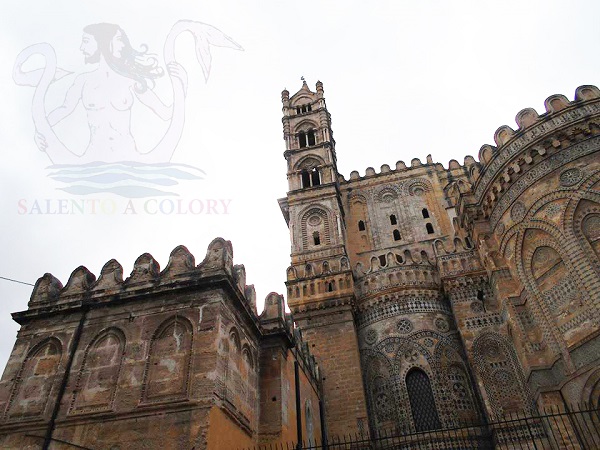

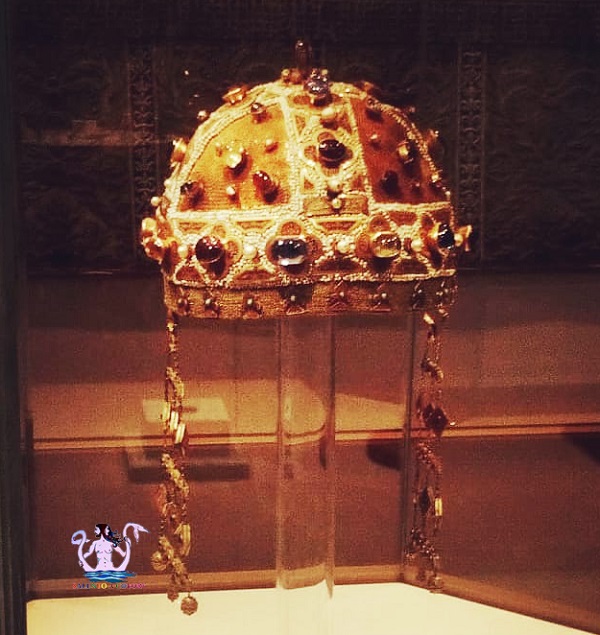

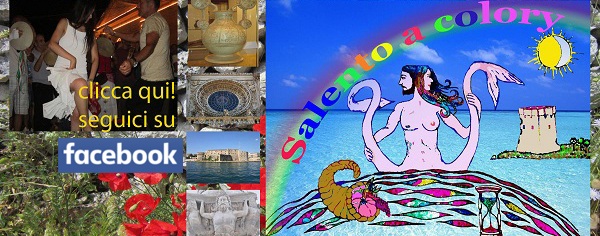

Leave a reply